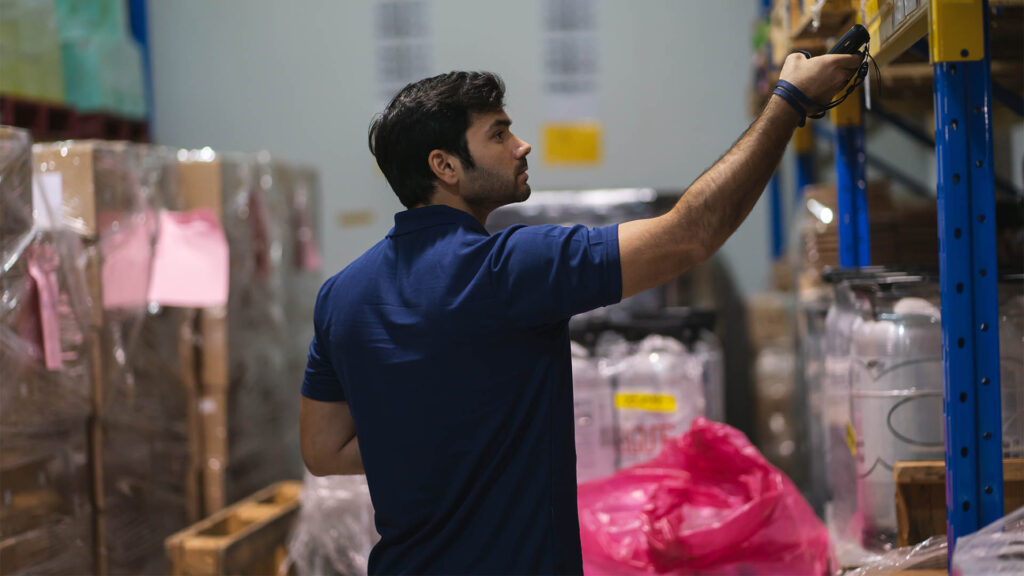According to S&P Global Insights, India, along with select Southeast Asian nations, is poised to become a pivotal driver of global economic growth in the coming year. Moreover, S&P Global’s research team anticipates that the Asia-Pacific region will continue to be a prominent force shaping global economic growth in the long term.
Rajiv Biswas, the Chief Economist for Asia-Pacific at S&P Global, stated during the annual energy APPEC conference in Singapore:
“When we look ahead to the next decade, we expect the Asia-Pacific region to emerge as the world economy’s fastest-growing area. Key highlights include the significant expansion of the Indian economy and a promising outlook in Southeast Asia, particularly in economies like Indonesia, the Philippines, and Vietnam. These nations are set to become among the world’s fastest-growing emerging markets over the next decade.”
In the second quarter, Vietnam experienced robust GDP growth, accelerating from 3.3% in the previous quarter to a strong annual rate of 4.1%. Indonesia also saw substantial growth, recording a 5.2% annual increase in the three months leading to June. Meanwhile, the Philippines achieved a solid growth rate of 4.3%, albeit slightly below initial forecasts.
Japan’s economy expanded by a notable 4.8% in the second quarter, a slight drop from the 6% rate estimated a month earlier. In contrast, India’s economy thrived, achieving a formidable 7.8% annual growth rate in the June quarter.
Regarding India’s prospects, Biswas affirmed, “India’s economic momentum is exceptionally robust at present.” He reiterated S&P Global’s forecast that by 2030, India will surpass Japan to become the world’s third-largest economy. S&P projects India’s GDP to increase from $US3.5 trillion in 2022 to $US7.3 trillion by 2030.
The improving economic outlook for India is reflected in its role as the host of the G-20 leaders’ meeting, except for China’s President Xi, who opted not to attend, possibly due to India’s superior economic performance compared to China’s sluggish growth.
S&P Global predicts that the Asia-Pacific region’s growth will strengthen from 3.3% last year to 4.2% this year.
Biswas emphasized, “Over the next decade, we anticipate that approximately 55% of the total increase in global GDP will originate from the Asia-Pacific region.” Nevertheless, the United States will remain the largest individual contributor, accounting for 15% of global GDP growth over the same period.
However, China’s growth is expected to be slower than previously estimated due to the lingering effects of the lackluster recovery from the Covid years.
S&P Global envisions global growth at 2.5% for both this year and the following year.
Strategically, India appears to be shifting away from its close ties with Russia and aligning more with the West through groups like the Quad, which links the US, India, Australia, and Japan. This alignment is seen as a counterweight to China’s aggressive expansion in the South China Sea and its pursuit of Taiwan.
Australia ranks as India’s sixth-largest trading partner, with two-way trade in goods and services valued at $A46.5 billion in 2022. Australian companies, including BHP, Whitehaven, and Rio Tinto, have already disclosed plans to increase their involvement in exporting iron ore and coking coal to India, forging partnerships with local firms.
Coking coal and iron ore constitute the top two Australian exports to India. Notably, India surpassed China as a bigger importer of Australian coking coal in 2018, according to data from S&P Global Commodity Insights, and Australian producers anticipate this trend to continue.
With national elections slated for early 2024, India’s robust economic performance will be a key focus for the ruling BJP party and Prime Minister Narendra Modi.

